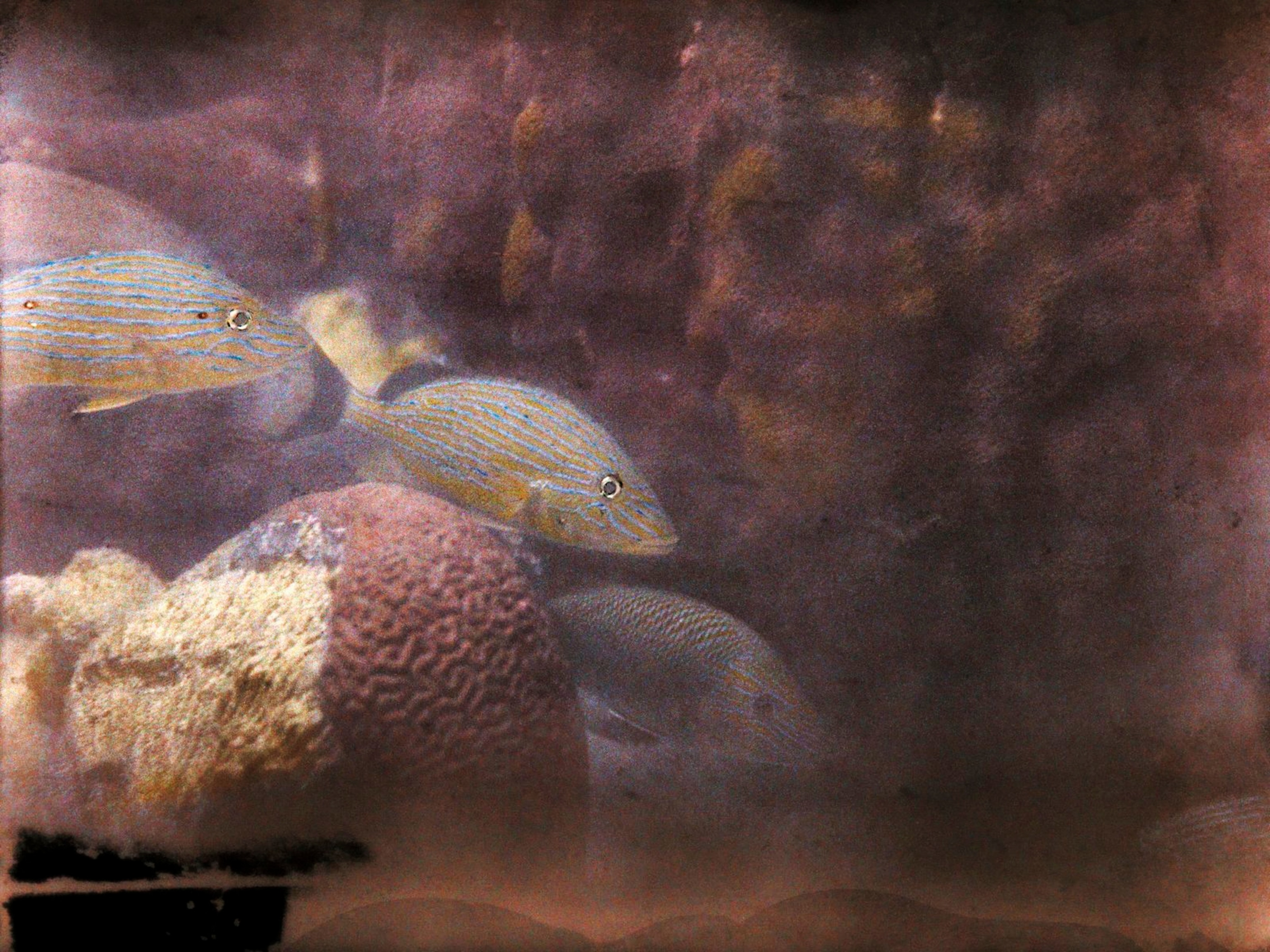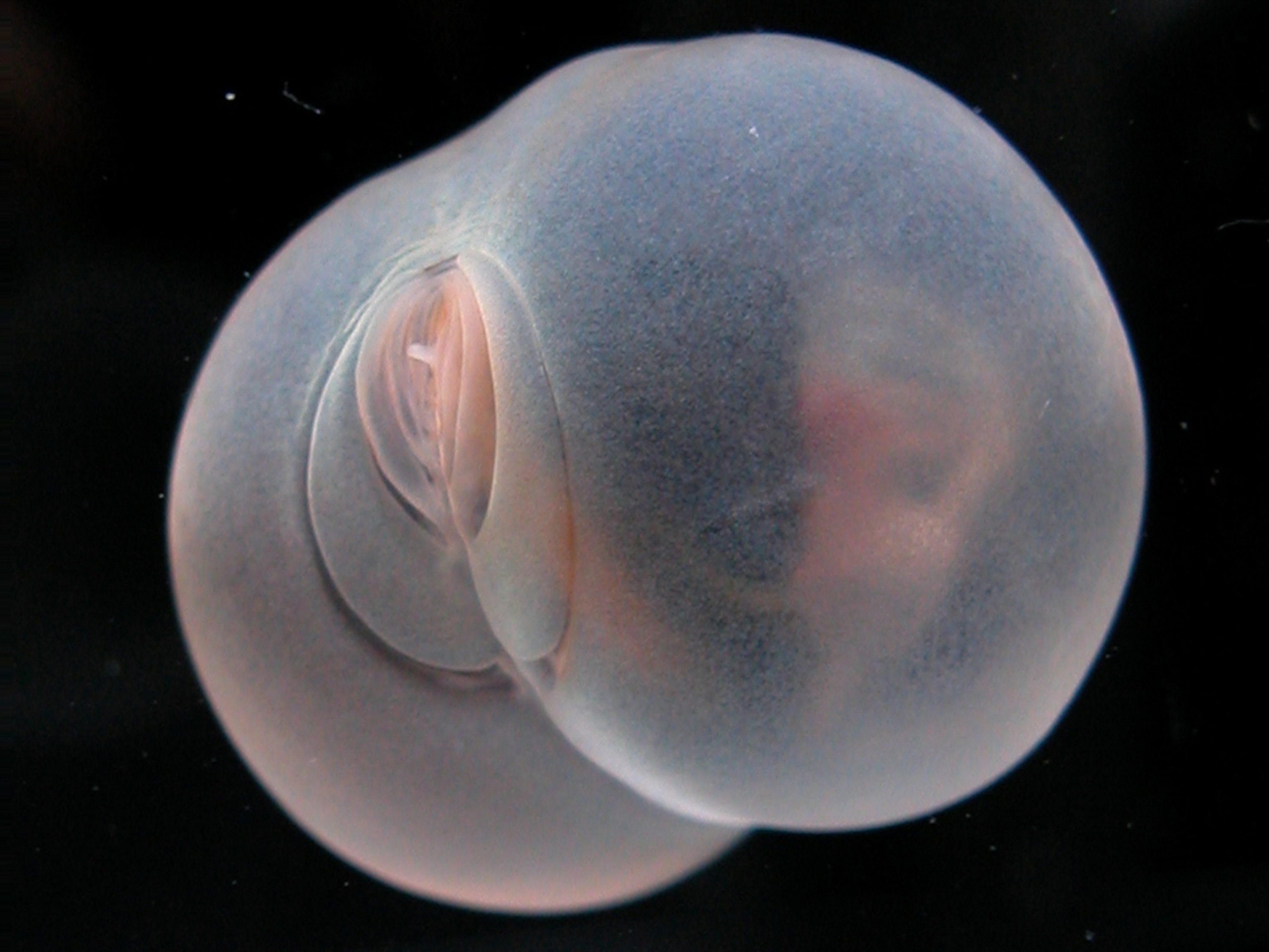
In Brief: Deep-sea Trawling Has “Devastating” Impact, Study Finds
Industrial trawling in deeper waters threatens the health of world's oceans.
Deep-sea trawling may have "devastating consequences" for marine life, suggests a study of a Mediterranean sea canyon. (Related: "Clear Cutting the Seafloor.")
Trawling—dragging nets behind boats to catch fish—dates back to the 1300s. But with coastal fisheries' stock increasingly depleted, industrial trawlers have traveled farther out on the world's continental shelves, with ships now trawling below 650-foot depths (200 meters).
What happens when those nets are dragged along the deep-sea floor, where they disrupt slow-growing sea life? Nothing good, says the new Proceedings of the National Academy of Sciences report led by Antonio Pusceddu of Italy's Polytechnic University of Marche, in Ancona.
The study compared trawled areas with pristine portions of a Mediterranean sea canyon off the Spanish coast, about 25 miles (40 kilometers) long and 7,220 feet (2,200 meters) deep.
The researchers found trawled canyon sediments contained 52 percent less organic matter than the undisturbed seafloor. There were 80 percent fewer sea worms in the trawled region as well. And there was only half as much diversity of species in the trawled seafloor. (Related: "Trawlers Destroying Deep-Sea Reefs, Scientists Say.")
"Ultimately, intensive and chronic bottom trawling," the authors say, will "transform large portions of the continental slope into faunal deserts and highly degraded seascapes."
Follow Dan Vergano on Twitter.





